In a groundbreaking achievement that merges engineering brilliance with artistic ambition, Dubai’s highly anticipated underwater concert hall has set a new world record during its recent pressure tests. The structure, designed to host musical performances beneath the waves, withstood pressures far exceeding industry standards, cementing its place as a marvel of modern architecture and marine engineering. This milestone not only highlights Dubai’s relentless pursuit of innovation but also opens new possibilities for underwater entertainment venues globally.
A Fusion of Art and Engineering
The underwater concert hall, part of Dubai’s broader vision to push the boundaries of urban development, is a testament to human ingenuity. Designed to sit gracefully on the seabed, the venue promises an unparalleled auditory experience, with acoustics fine-tuned to perfection in its submerged environment. Engineers and architects collaborated closely to ensure the structure could endure the immense pressures of its aquatic setting while maintaining an ambiance of elegance and comfort for future audiences.
Pressure testing, a critical phase in the hall’s construction, involved subjecting the facility to forces simulating depths far beyond its intended operational level. The results were staggering—the hall withstood pressures equivalent to those found at depths exceeding initial design specifications by a significant margin. This achievement not only ensures the safety and durability of the venue but also sets a new benchmark for underwater constructions worldwide.
Breaking Barriers in Marine Construction
What makes this accomplishment particularly remarkable is the complexity of building a functional, habitable space underwater. Traditional concert halls are designed with atmospheric pressure in mind, but an underwater venue must contend with the relentless force of water pressing in from all sides. The team behind the project employed advanced materials, including reinforced polymers and corrosion-resistant alloys, to create a structure that is both resilient and aesthetically striking.
The pressure tests were conducted over several weeks, with sensors meticulously monitoring every inch of the hall for signs of stress or weakness. Engineers simulated extreme scenarios, including sudden pressure surges and prolonged exposure to deep-sea conditions. The hall emerged unscathed, a feat that has drawn admiration from marine engineers and architects across the globe.
A New Era for Live Performances
Beyond its technical triumphs, the underwater concert hall represents a bold step forward in the world of live entertainment. Imagine attending a symphony or a jazz performance surrounded by the serene beauty of marine life, with sunlight filtering through the water above. The hall’s design incorporates massive transparent panels, offering concertgoers breathtaking views of the ocean while they enjoy world-class performances.
Acoustic specialists have worked tirelessly to perfect the sound quality within the hall, addressing the unique challenges posed by water density and reverberation. Early tests have confirmed that the venue delivers crystal-clear audio, rivaling—and in some aspects surpassing—traditional above-ground concert halls. This achievement is a testament to the collaborative effort between artists, engineers, and scientists who shared a common vision of redefining live music experiences.
Implications for Future Underwater Projects
The success of Dubai’s underwater concert hall has far-reaching implications for future marine constructions. If a venue of this scale and complexity can be built and tested to withstand such extreme conditions, it paves the way for other ambitious underwater projects—from hotels and restaurants to research facilities and even residential spaces. The technology and methodologies developed during this project could revolutionize how humanity interacts with the ocean, making underwater living and entertainment more accessible and sustainable.
Environmental considerations were also a priority throughout the project. The construction process was designed to minimize disruption to marine ecosystems, and the hall itself incorporates eco-friendly features such as solar-powered lighting and water filtration systems. Dubai’s commitment to sustainability ensures that this architectural wonder coexists harmoniously with its natural surroundings.
A Symbol of Dubai’s Ambition
Dubai has long been synonymous with architectural innovation, from the towering Burj Khalifa to the palm-shaped islands dotting its coastline. The underwater concert hall is the latest addition to this legacy, embodying the city’s unwavering drive to turn the impossible into reality. By breaking world records in pressure testing, the project not only showcases Dubai’s engineering prowess but also reinforces its reputation as a global leader in cutting-edge development.
As the concert hall moves closer to its grand opening, anticipation continues to build. Musicians and performers from around the world are eager to take the stage in this one-of-a-kind venue, while audiences await the chance to be part of a truly transformative experience. The underwater concert hall is more than just a building—it’s a bold statement about the future of entertainment, architecture, and humanity’s relationship with the sea.
Looking Ahead
With pressure testing now complete, the focus shifts to the final stages of interior design and technical installations. Every detail, from seating arrangements to lighting effects, is being carefully curated to ensure an unforgettable experience for visitors. The hall is expected to open its doors—or perhaps more accurately, its hatches—to the public within the next year, marking the beginning of a new chapter in live performance venues.
For now, the world watches in awe as Dubai once again redefines what’s possible. The underwater concert hall’s record-breaking pressure tests are a reminder that with vision, collaboration, and relentless innovation, even the most audacious dreams can be brought to life beneath the waves.
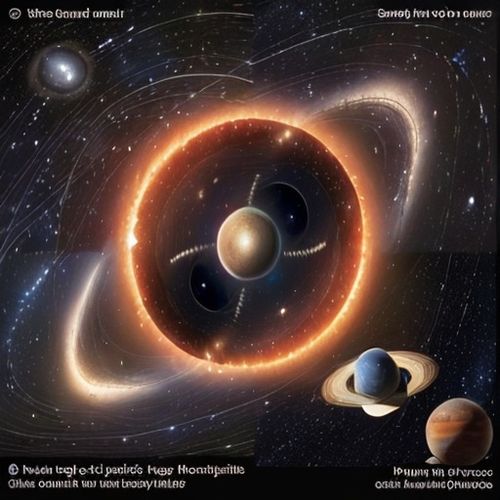
By Victoria Gonzalez/Apr 14, 2025

By Ryan Martin/Apr 14, 2025
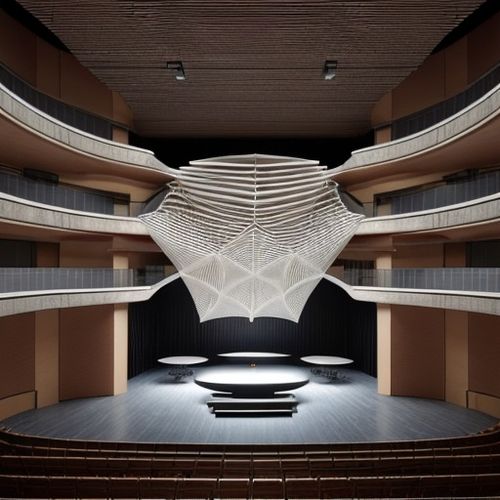
By John Smith/Apr 14, 2025

By Eric Ward/Apr 14, 2025

By Victoria Gonzalez/Apr 14, 2025

By Ryan Martin/Apr 14, 2025

By James Moore/Apr 14, 2025

By Megan Clark/Apr 14, 2025
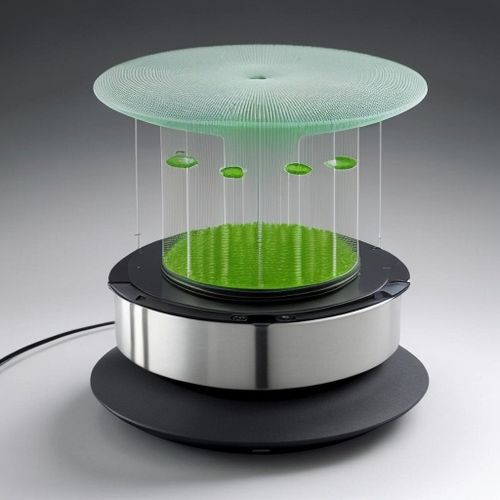
By John Smith/Apr 14, 2025
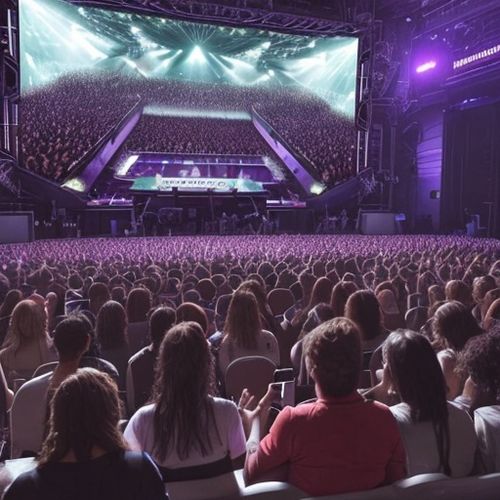
By Joshua Howard/Apr 14, 2025

By Laura Wilson/Apr 13, 2025
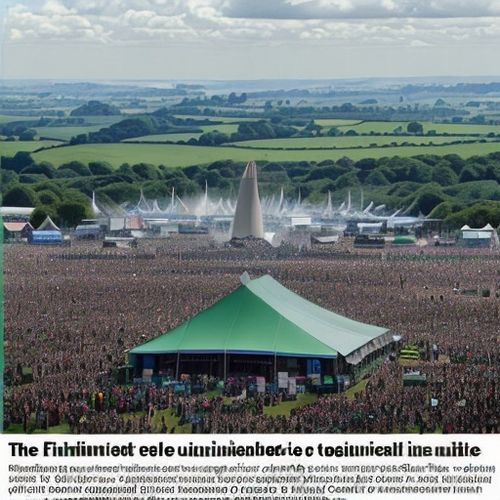
By Grace Cox/Apr 13, 2025
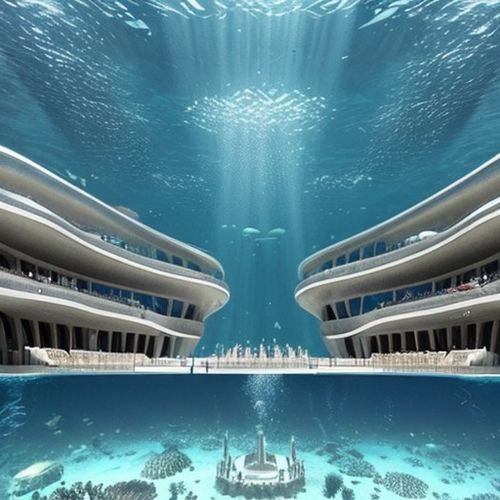
By Benjamin Evans/Apr 13, 2025
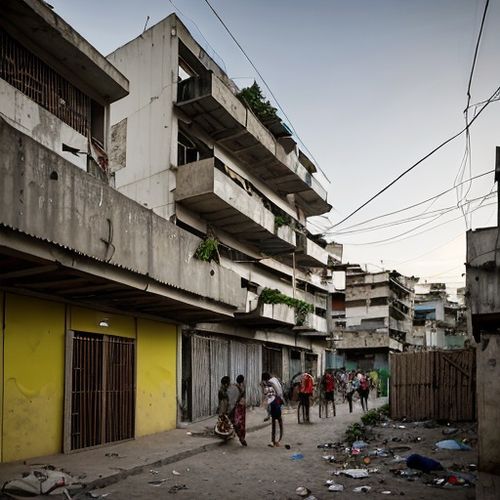
By George Bailey/Apr 13, 2025
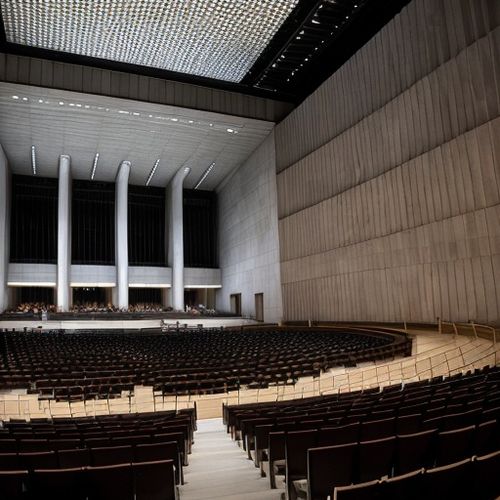
By David Anderson/Apr 13, 2025
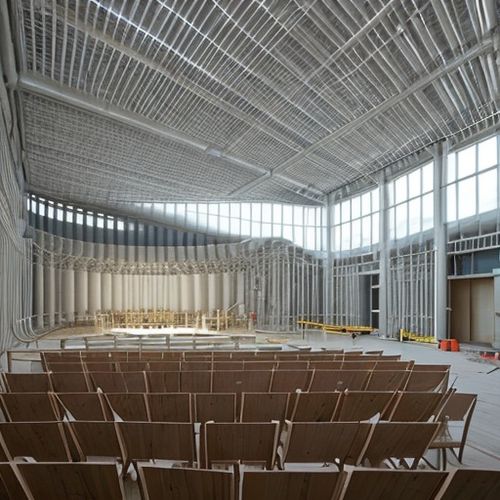
By Grace Cox/Apr 13, 2025
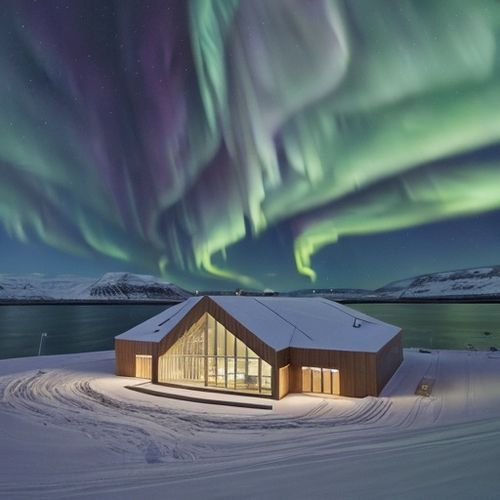
By William Miller/Apr 13, 2025
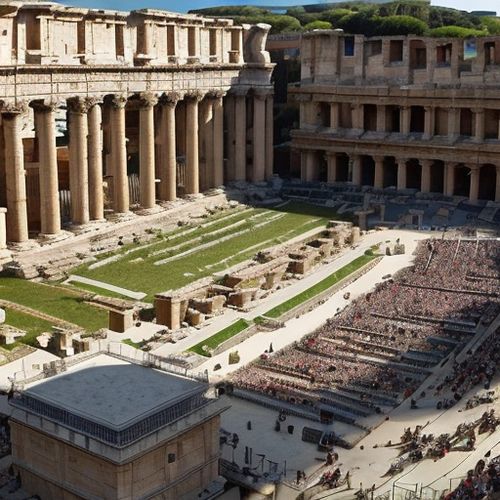
By Rebecca Stewart/Apr 13, 2025

By William Miller/Apr 13, 2025
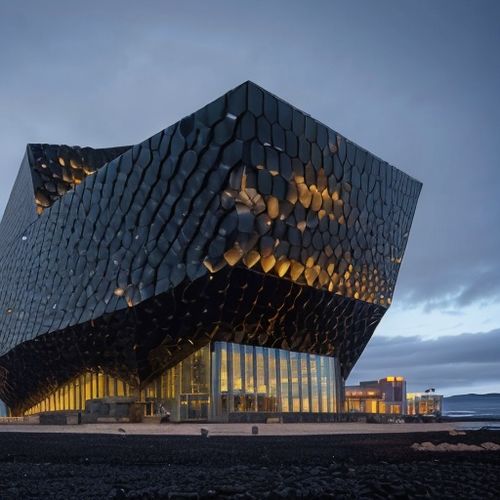
By Daniel Scott/Apr 13, 2025